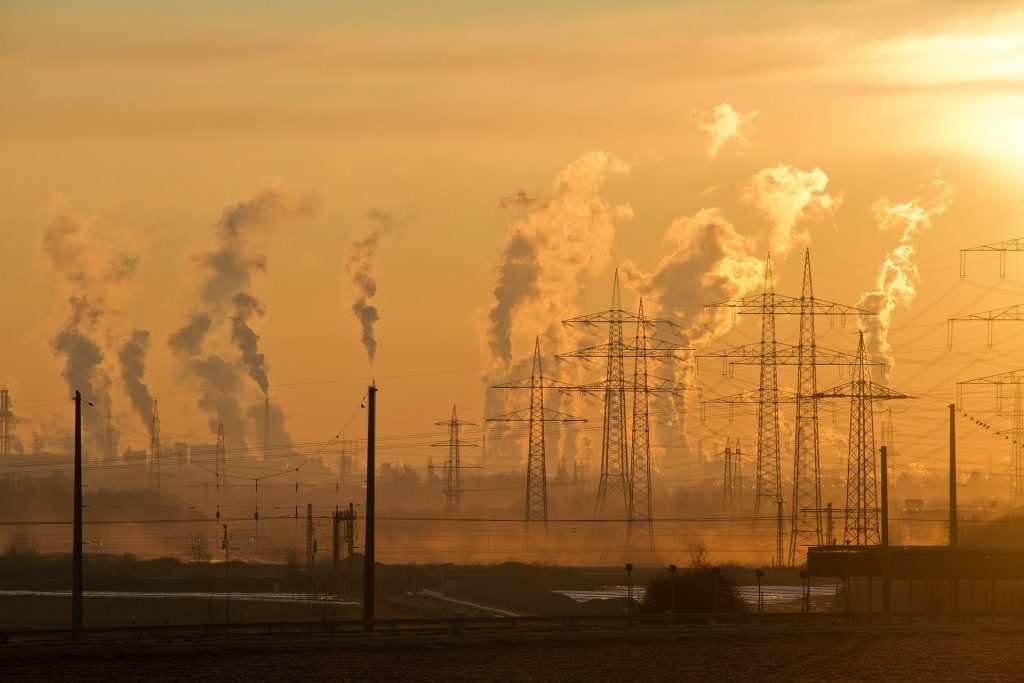Estonian’s environmental footprint is larger by a third than European’s
The average environmental footprint of an Estonian transgresses the planetary boundary by 3.8 times, while that of an European is 2.9 times larger than the planetary boundary. According to the report “The Average Environmental Footprint of Estonians and Europeans”, recently published by the Foresight Centre, Estonians have a larger environmental footprint with regard to electricity, heating, food and appliances, while their environmental footprint of mobility is smaller than that of Europeans.

Expert of the Foresight Centre Magnus Piirits pointed out that according to scientists, there would be a major risk to the preservation of the living environment and natural environment if humans transgress the planetary boundary more than twice. The average environmental footprint of an Estonian transgresses the planetary boundary by 3.8 times.
“Figuratively speaking, we live and consume today as if we had three planets, not one. The biggest culprit in this is Estonia’s energy and heating sector, whose huge environmental impact needs to be massively reduced to reach the planetary boundaries. However, everyone can reduce their own environmental footprint. For example, more meat is eaten in Estonia than the nutritionists recommend, and the use of appliances here is higher than the European average,” Piirits said.
Pork has the largest environmental footprint in the menu of the average Estonian. Reducing the consumption of meat to the level recommended by nutritionists would reduce the environmental footprint of Estonians by 0.2 points. In addition to pork, chocolate and cheese are the food products with the highest environmental impact.
The environmental footprint of heating and electricity consumed by the residents of Estonia is also larger than the European average. On the one hand, this is due to Estonia’s cooler climate and greater need for heating, but on the other hand, it is due to the widespread use of wood for heating in Estonia.
“In densely populated built-up areas, heating with wood is polluting due to the emission of solid fine particles into the air and can cause respiratory diseases. The environmental footprint of wood heating in comparison to natural gas is twice as high per one KWh. If half of the people in Estonia who use wood heating switched to district heating, our environmental footprint would be reduced by 0.4 points,” Piirits gave an example, and added that while people can have some influence on their environmental footprint by changing their consumption, the implementation of new green technologies and solutions would have the biggest impact.
Although the car fleet of Estonia is among the oldest in Europe, the environmental footprint of mobility in Estonia is smaller than the European average. The reason is that the people of Estonia use air transport less. While air traffic accounts for 27% of the environmental footprint of mobility in Europe, it accounts for 2% in Estonia. At the same time, if Estonians replaced 20% of their car journeys with public transport, our environmental footprint would be reduced by 0.1 points.
The environmental footprint is formed of 16 impact categories. In both Europe and Estonia, the biggest problems are related to the emission of solid particles (8.5 times above the planetary boundary in Europe and 15.9 times in Estonia) and freshwater toxicity (7.7 and 12.6 times above the boundary, respectively). The climate change acceleration footprint of the average Estonian is of the same size as that of the average European, or 7.6. However, the footprint of depletion of fossil resources of the average Estonian is smaller than that of the average European (2.6 vs 2.9). Fossil fuels are mainly oil, natural gas and coal.
The calculator of planetary boundaries has been developed by scientists and the European Commission. You can calculate your environmental footprint on the webpage https://knowsdgs.jrc.ec.europa.eu/cfc
The Foresight Centre is a think tank at the Riigikogu that analyses future developments in society and the economy. The Centre researches a range of topics in order to analyse long-term developments in society and discover new trends and directions in them.
Latest news
-
27.06 2025Current low birth rate will lead to up to 1.3 billion euros less tax revenue in the future
In its new short report “The impact of population ageing and low birth rate on long-term state revenue and expenditure”, the Foresight Centre notes that the lower than projected birth rate will reduce government spending on family policy and education, but in the long term, it will mean up to 1.3 billion euros less in tax revenue.

 An independent think tank at the Riigikogu
An independent think tank at the Riigikogu 